By AJ Lamb, MS, CSCS, PES, supervisor and senior exercise physiologist of Zarett Rehab & Fitness and Joe Zarett, physical therapist and founder of Zarett Rehab & Fitness
In 2001 a systematic review concluded that 32-58% of all squash injuries occur in the lower extremity. The most frequently injured joint is the ankle (13% to 16%), followed by the knee (7% to 9%). The reactive multi-directional movements of the sport will inherently stress the ankle. Once an individual does sprain an ankle, the likelihood of reinjury rises significantly. There are many individuals who suffer from chronic, recurring ankle instability which regularly sidelines them from activity. Athletes can pray for good luck or take matters into their own hands and fortify this joint against rolls and sprains. Here are five exercise any athlete can do to mitigate the likelihood of ankle injuries:
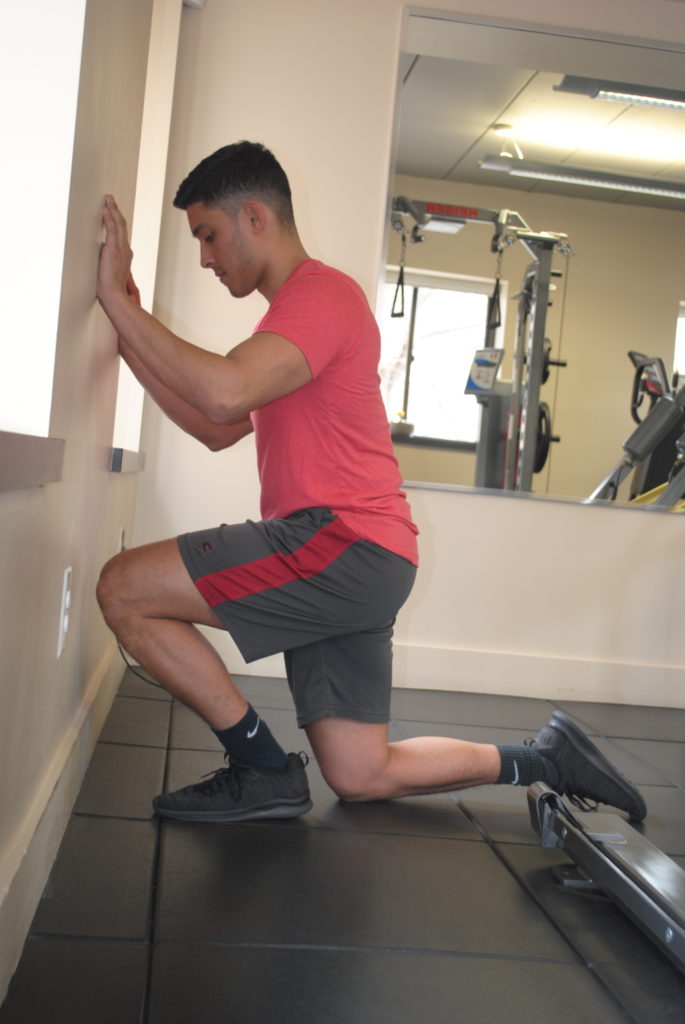
- Ankle mobilization at wall
It is not uncommon that restricted ankle mobility predisposes an athlete to injury. Poor mobility creates issues upstream in the knee, hip, and lower back as well. This exercise is a great, simple drill that can be performed before training or match play. Simply take a knee facing a wall with the forward foot approximately three to five inches from the wall. Rather than measuring, the distance from index-to-pinky finger, while making a fist, is typically a good distance to shoot for. In this position, focus on keeping the lead foot completely flat while jutting the knee towards the wall. If you cannot touch your knee to the wall with the heel flat, you are lacking adequate ankle mobility. Try this mobilization ten to twenty times each side to loosen the joint during your warm-up.
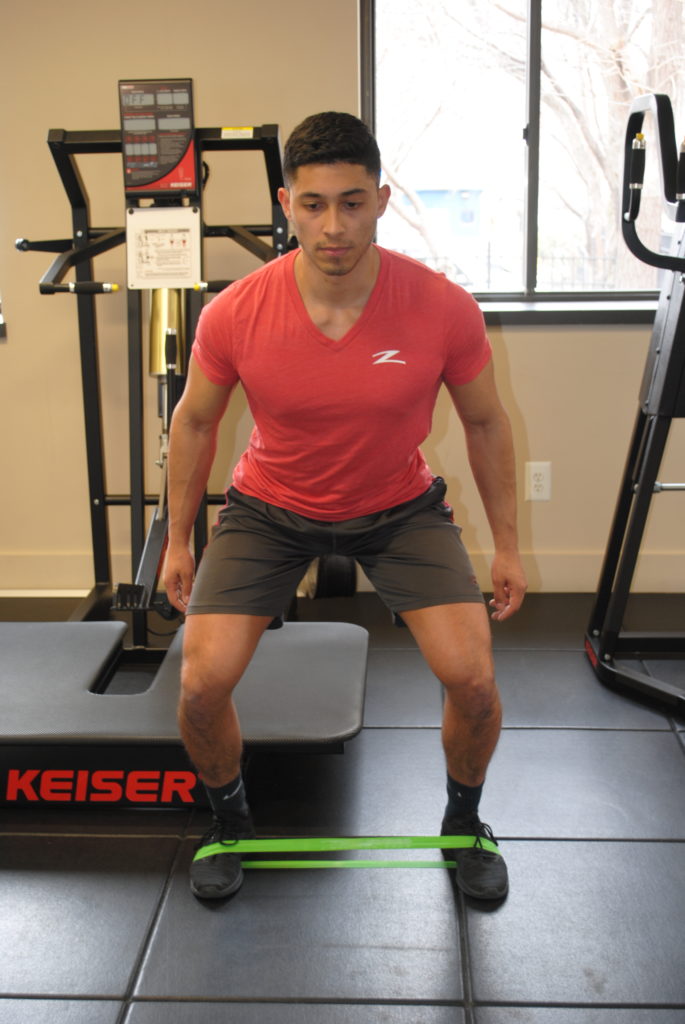
- Lateral band walk at toes
The lateral musculature of the ankle is key to preventing sprains. This exercise helps strengthen this group of muscles, known as the peroneals, as well as the lateral gluteus muscles. Strong lateral hip muscles help keep the knee and ankle in a more athletic position, potentially mitigating further injury. Soften the knees and hips to a quarter squat position and step laterally fifteen to twenty steps each direction while maintaining straight forefoot. If you don’t feel the hips burning, keep more tension on the band as you step laterally.
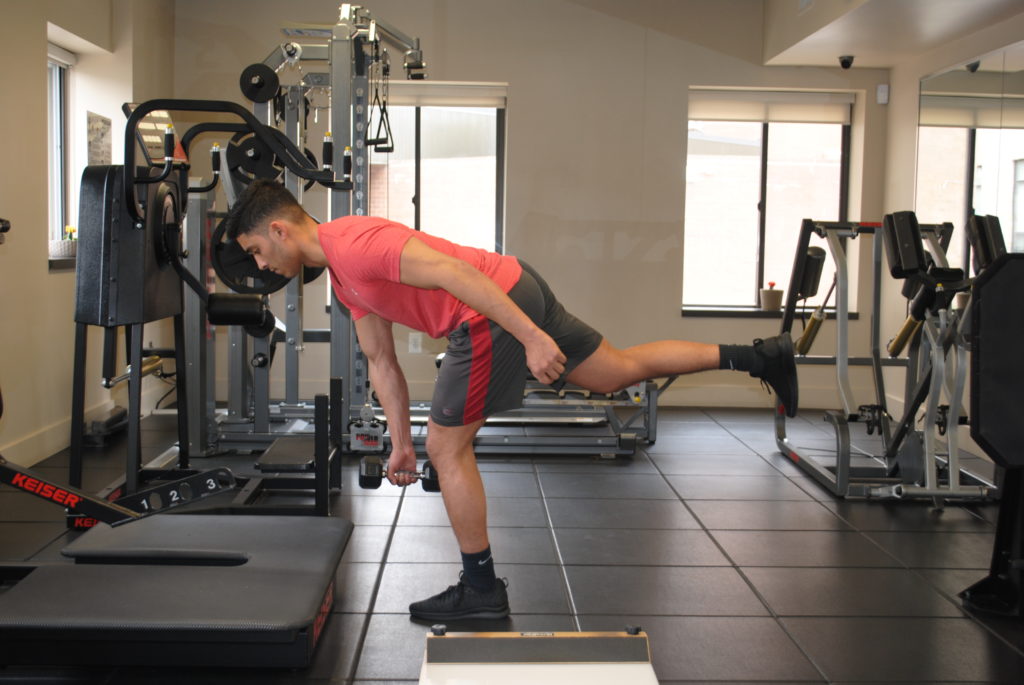
- Single-leg RDL (Romanian deadlift)
The importance of hamstring strength for a squash athlete is critical for a variety of reasons. This is particularly true when we do these movements in a single-leg stance. This deadlift variety works to strengthen the hamstrings and gluteals, while relying tremendously on the foot and ankle for stability. Hold a dumbbell in the hand opposite to the foot on the ground. Slowly sit the hips back behind the heel, allowing the chest to fall forwards reciprocally with the free-leg raising behind. The Romanian deadlift emphasizes the hamstring by lowering the weight just below the knee, rather than to the floor. There should be a distinct stretching of the upper hamstring before contracting to return to an upright position.
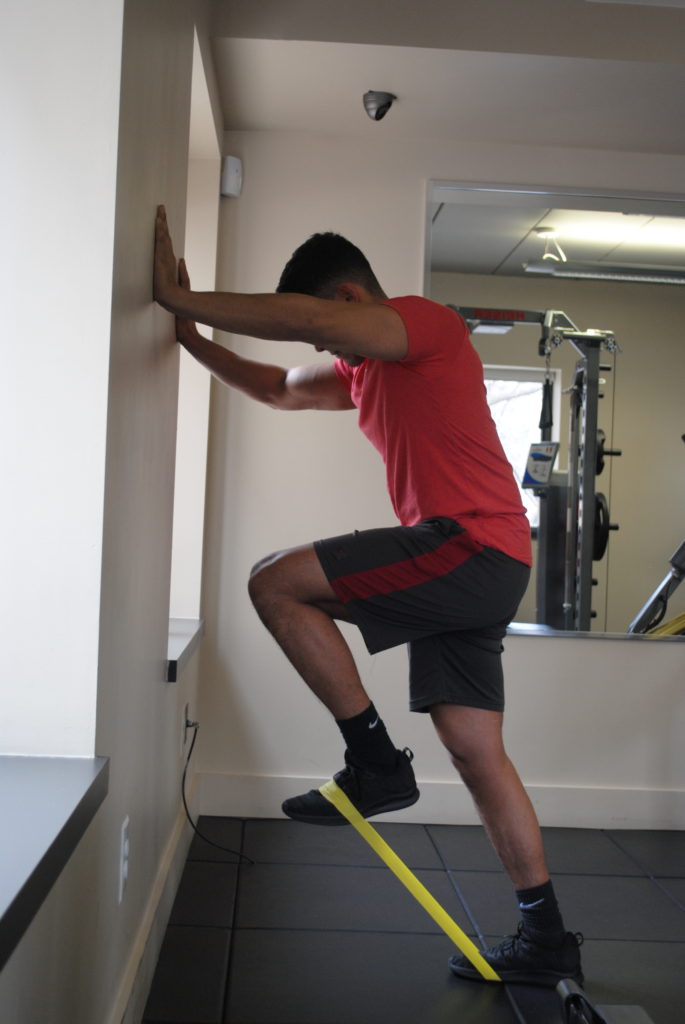
- Wall Sprinter with band
Here is a drill working numerous regions including the core, hip flexors and the anterior tibialis. The anterior tibialis is the muscle in the front of the shin most responsible for the discomfort of shin-splints after taking a jog. In this position with a band around the forefoot, assume a slight lean facing into the wall with stiff arms. Focus on maintaining a straight spine by bracing your core, then lift one knee up towards the wall. At the top position, there should be approximately a 90° angle at the hip, knee, and ankle. To progress this movement, increase the angle of the forward lean with only the forefoot of the stable leg on the ground. Begin with sets of five to ten times each side with a two-second pause at the top of each repetition.
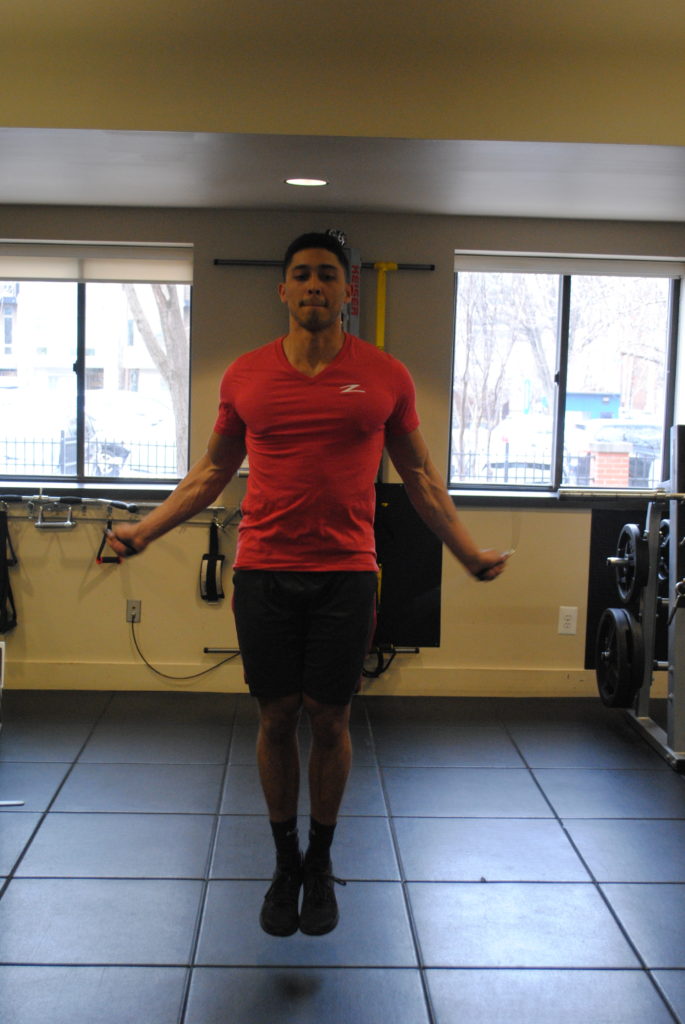
- Jump rope (ankling)
Jumping rope is a classic exercise that remains under-utilized. The stiffness of the Achilles tendon and calf muscles during repetitive hops, or also termed ankling, does wonders for the strength and stability of the ankle joint. If jumping rope is too difficult, just ditch the coordination of the jump rope and try performing ankling with just your body weight. Still a bit advanced? Lessen the impact and just perform heel-raises until fatigue sets in.




